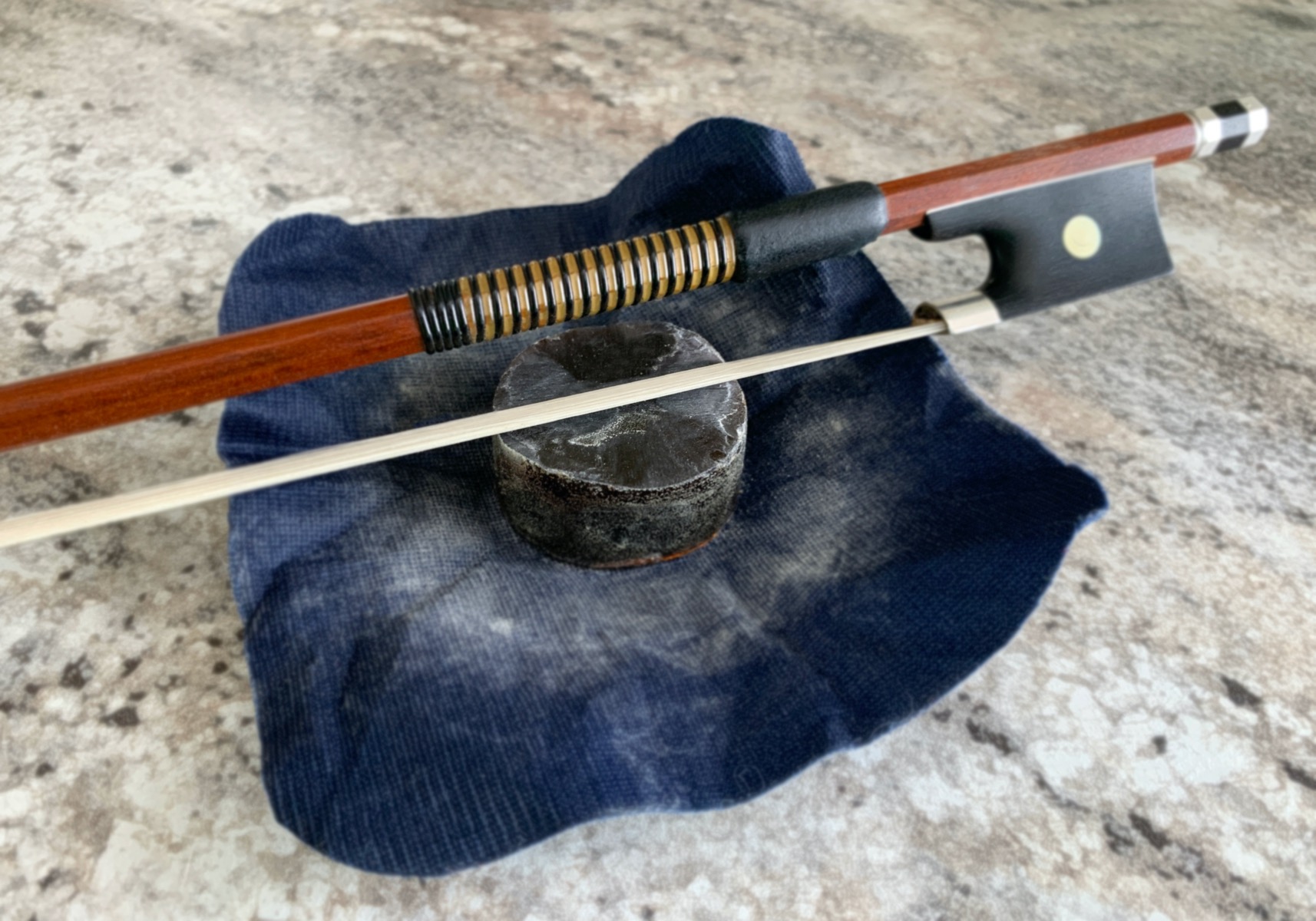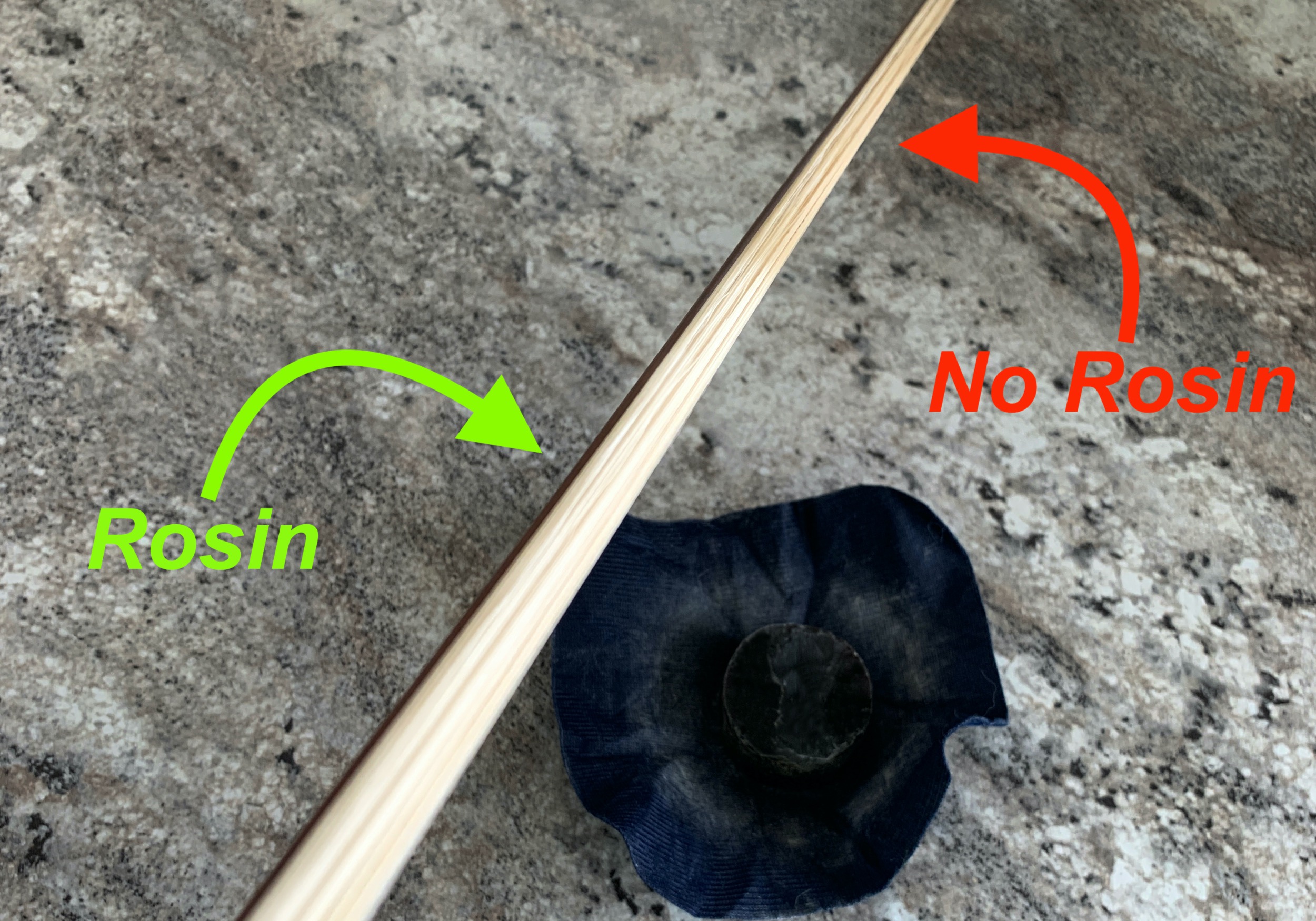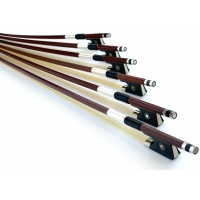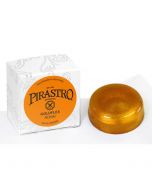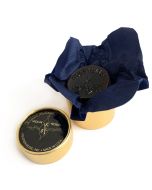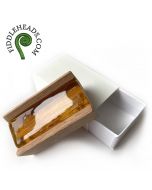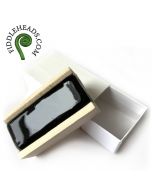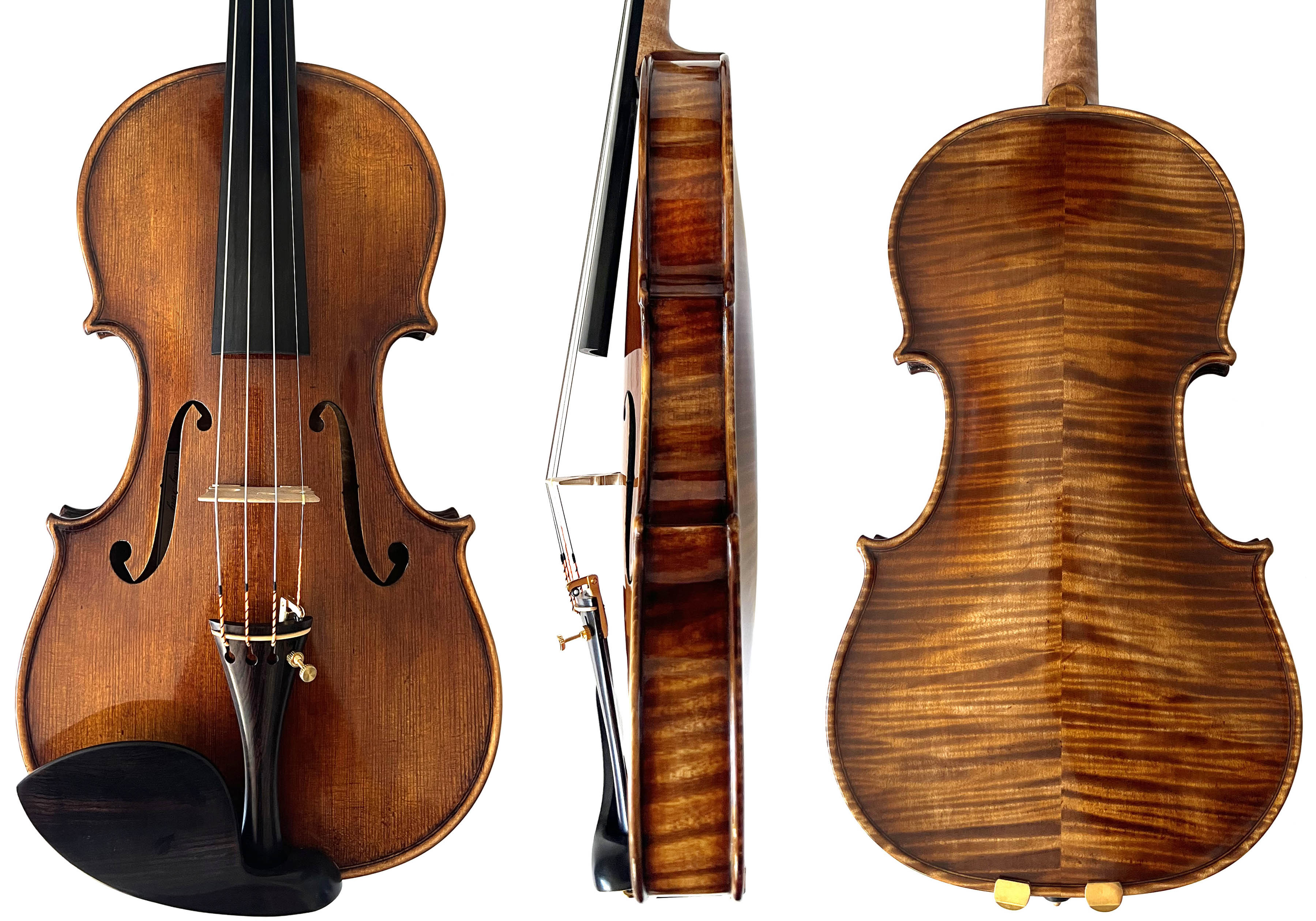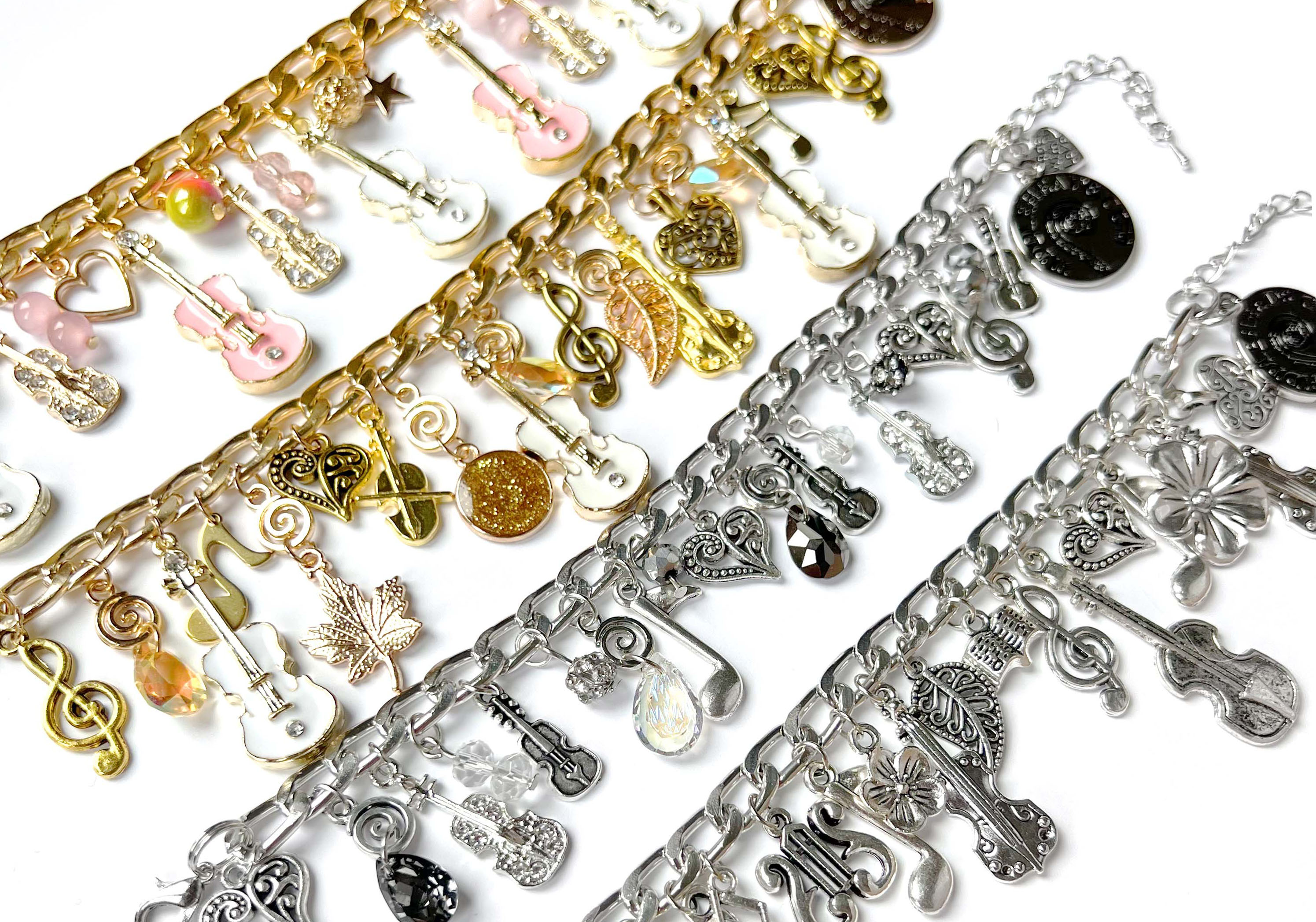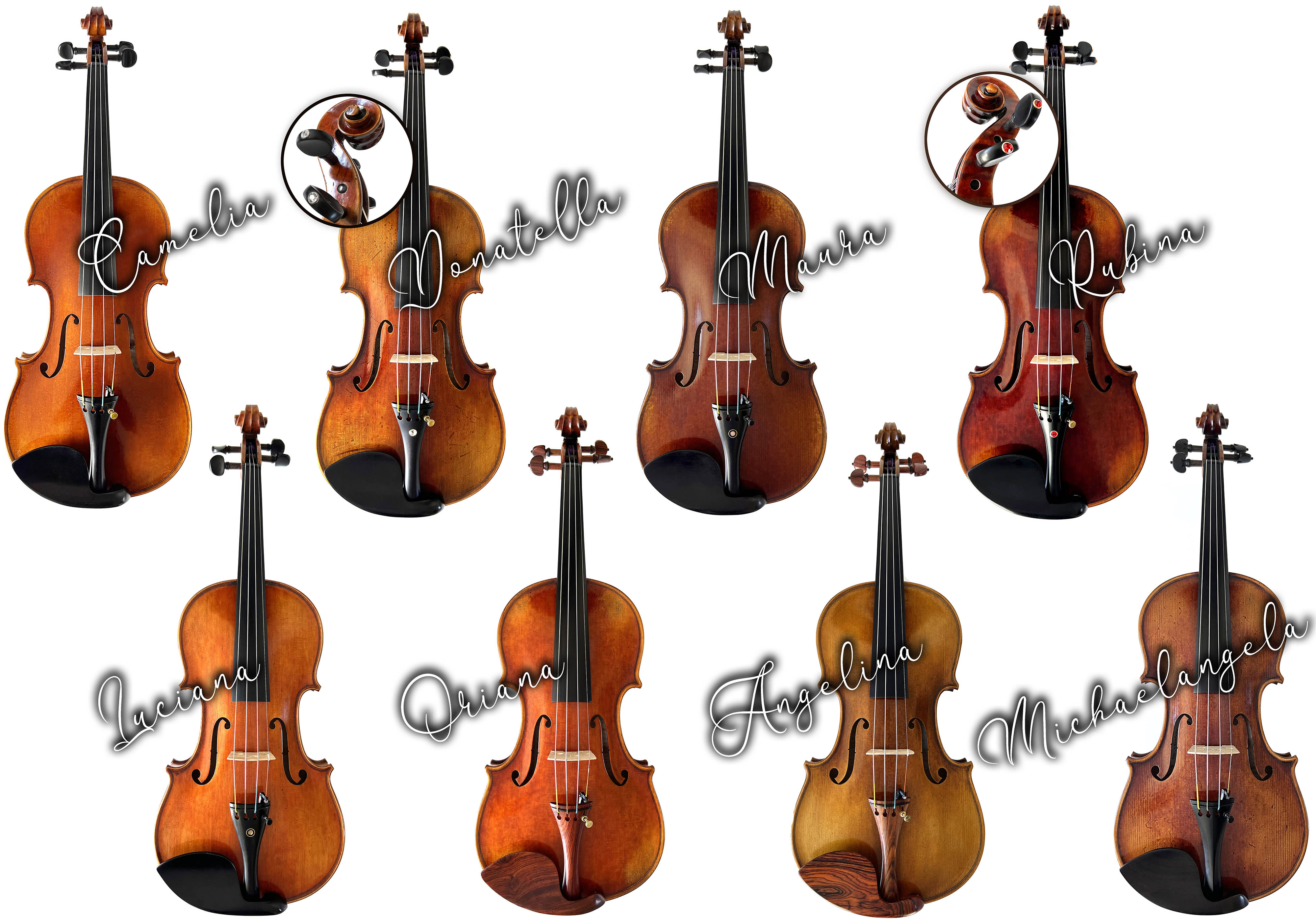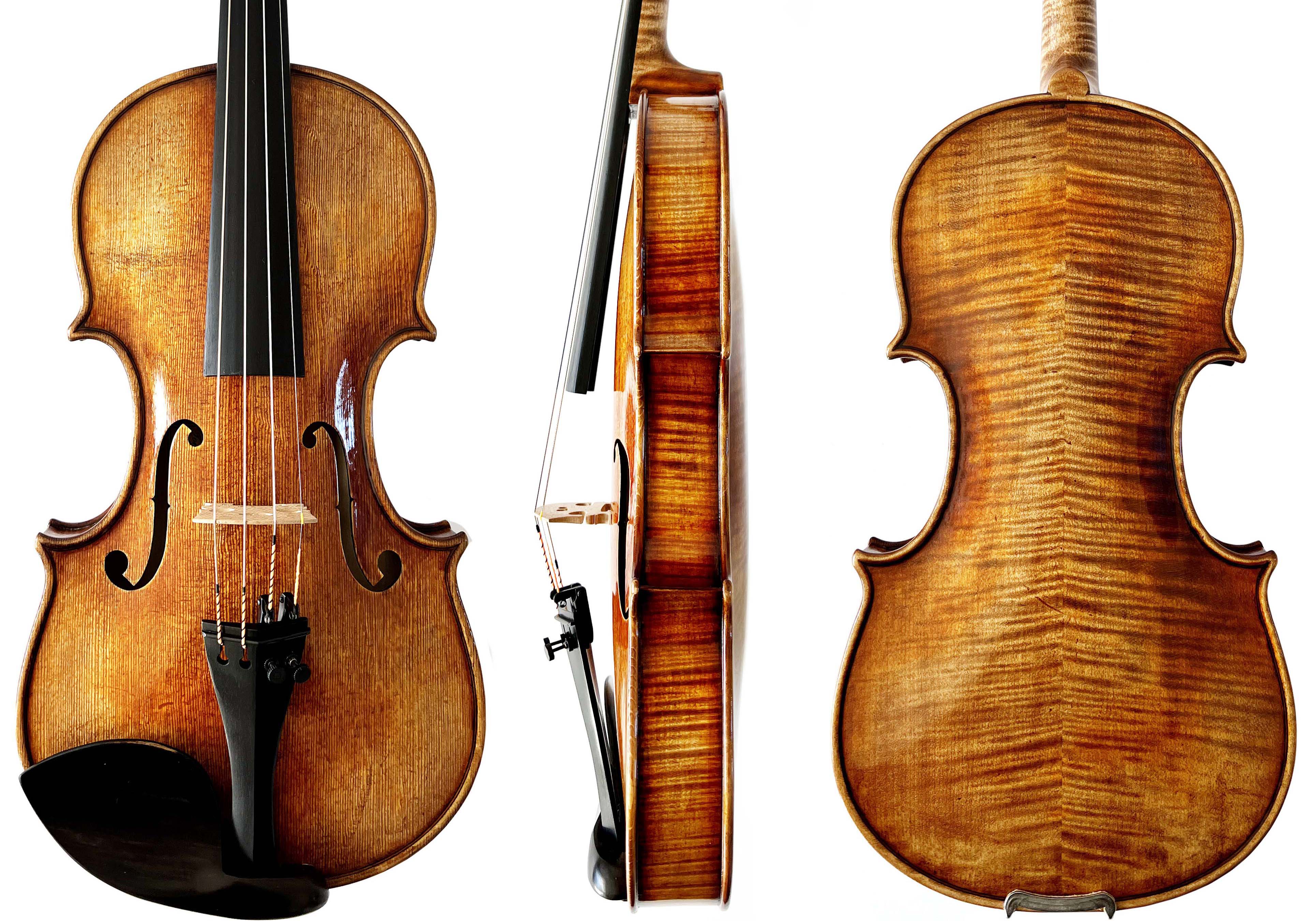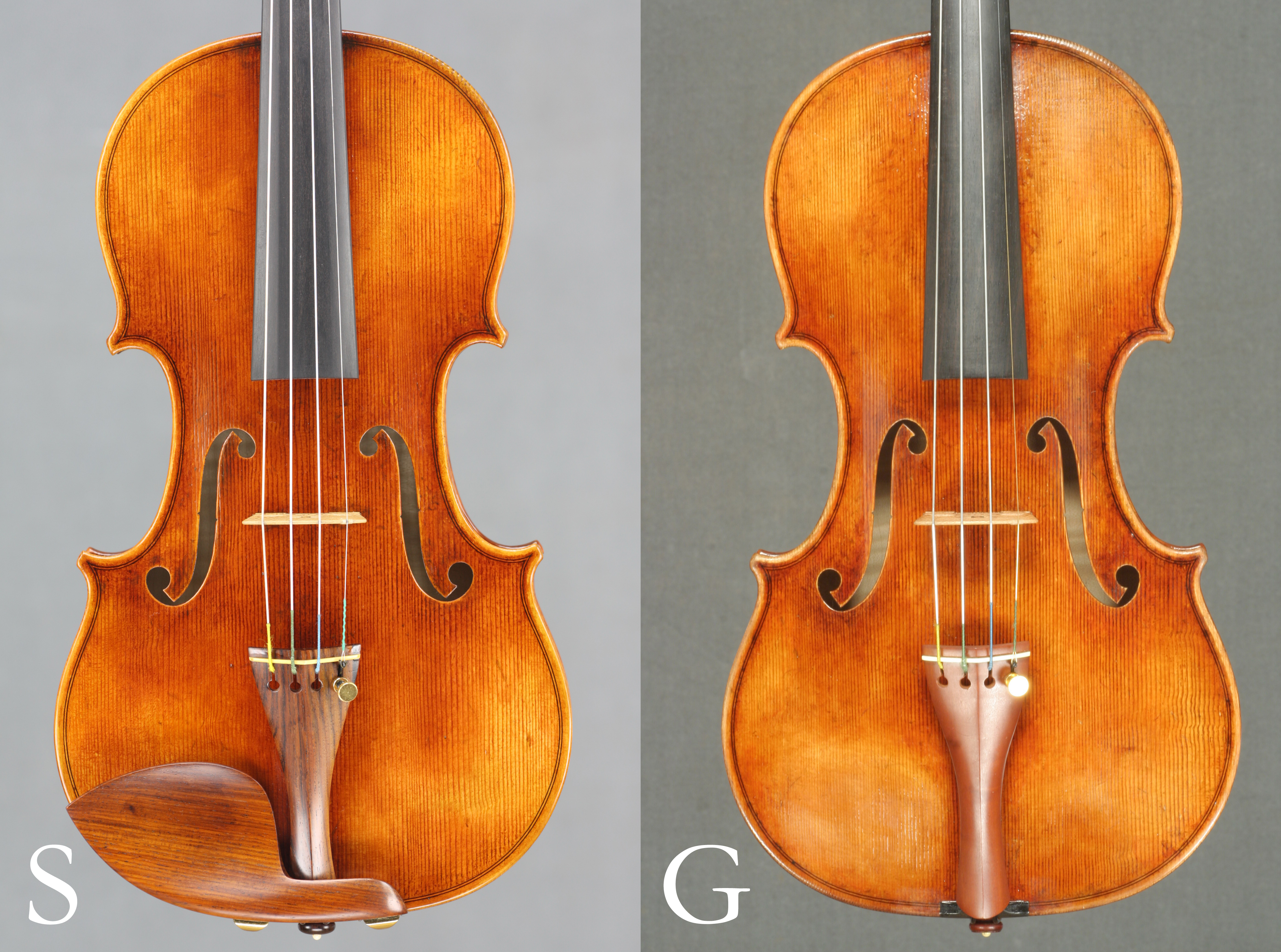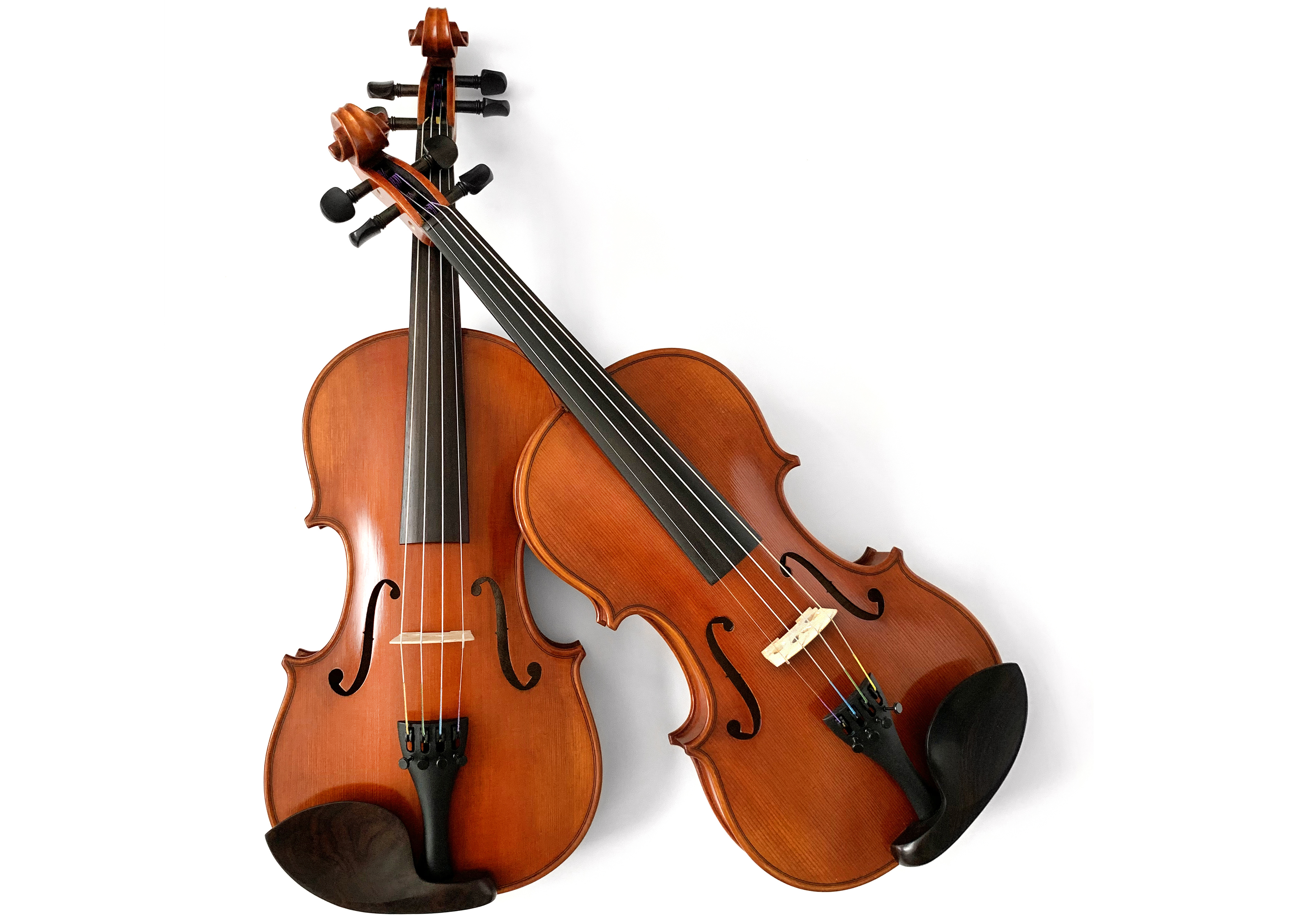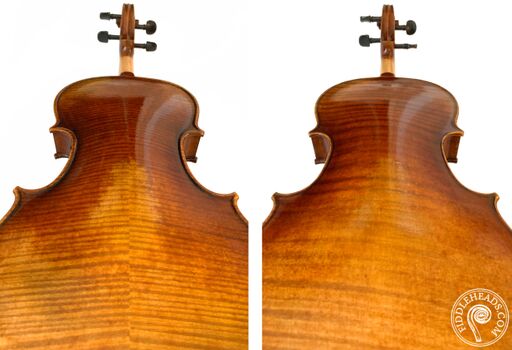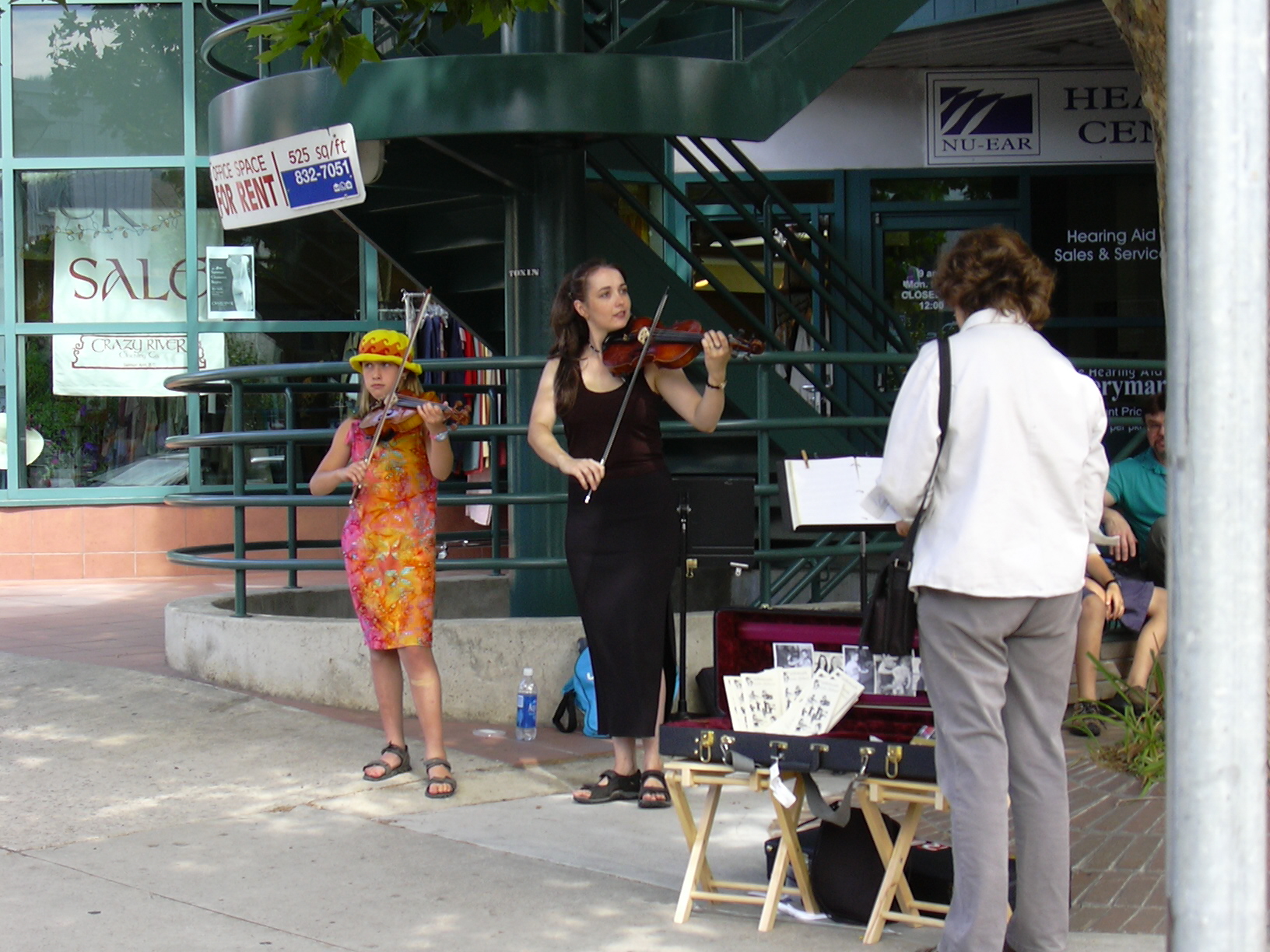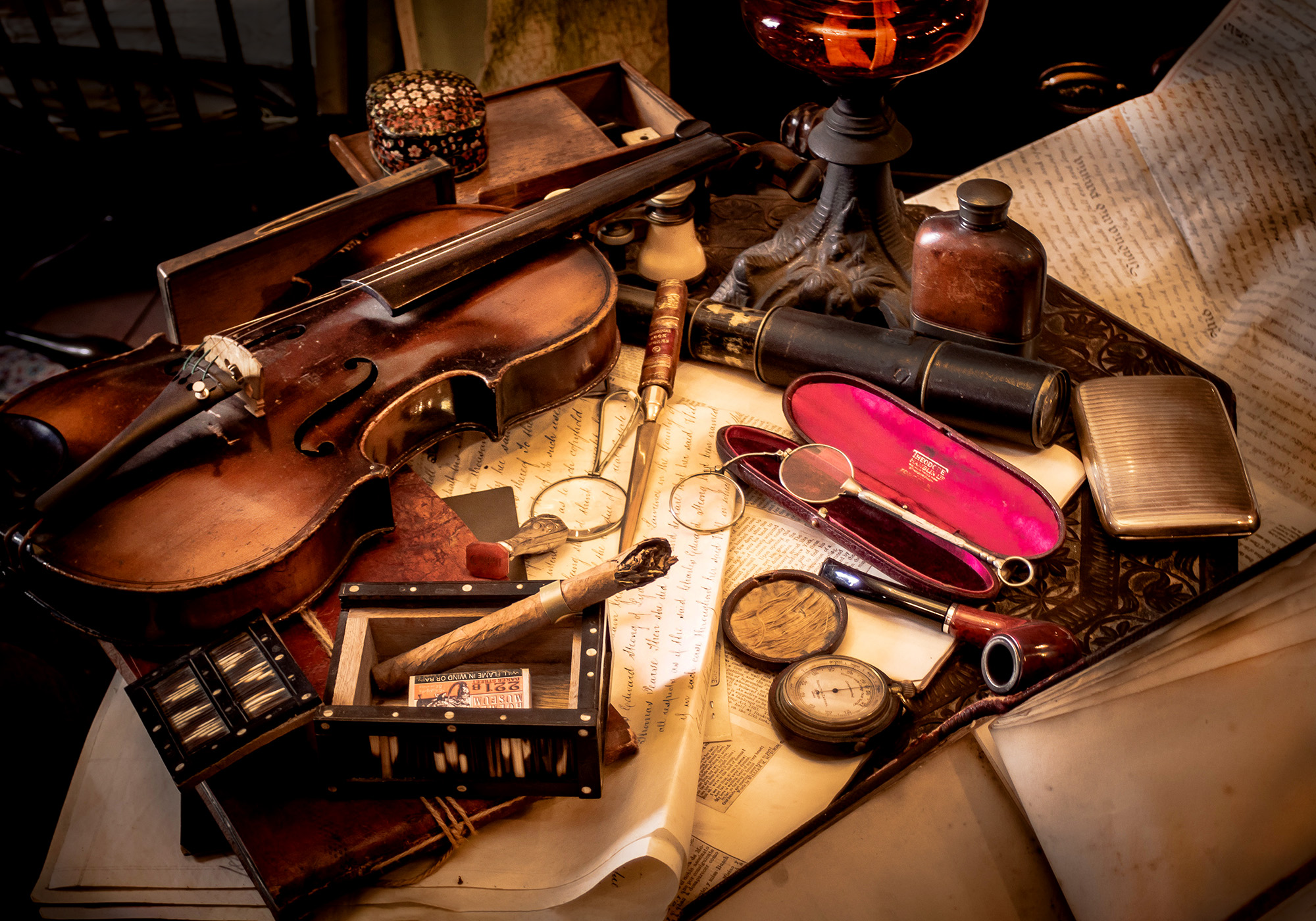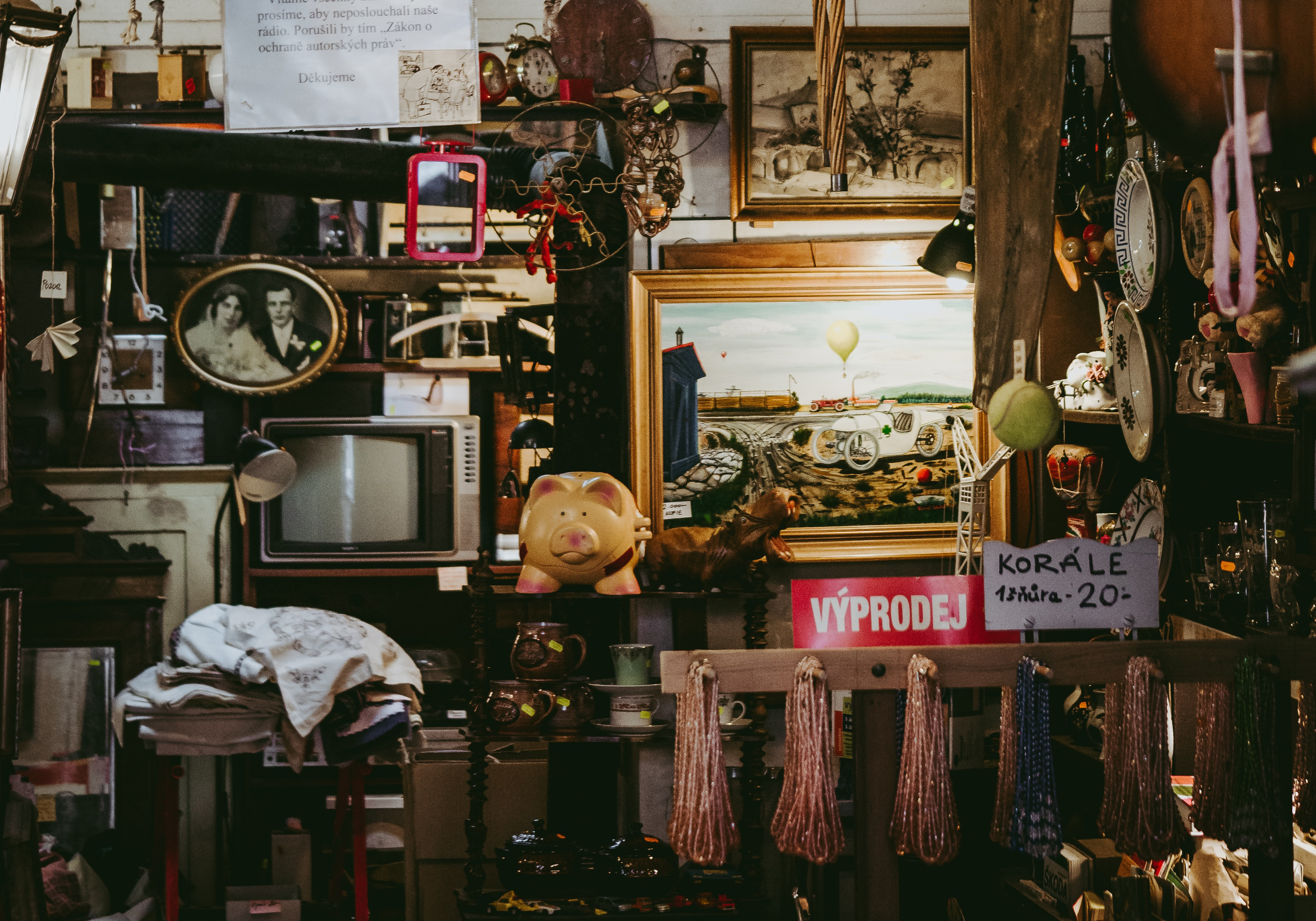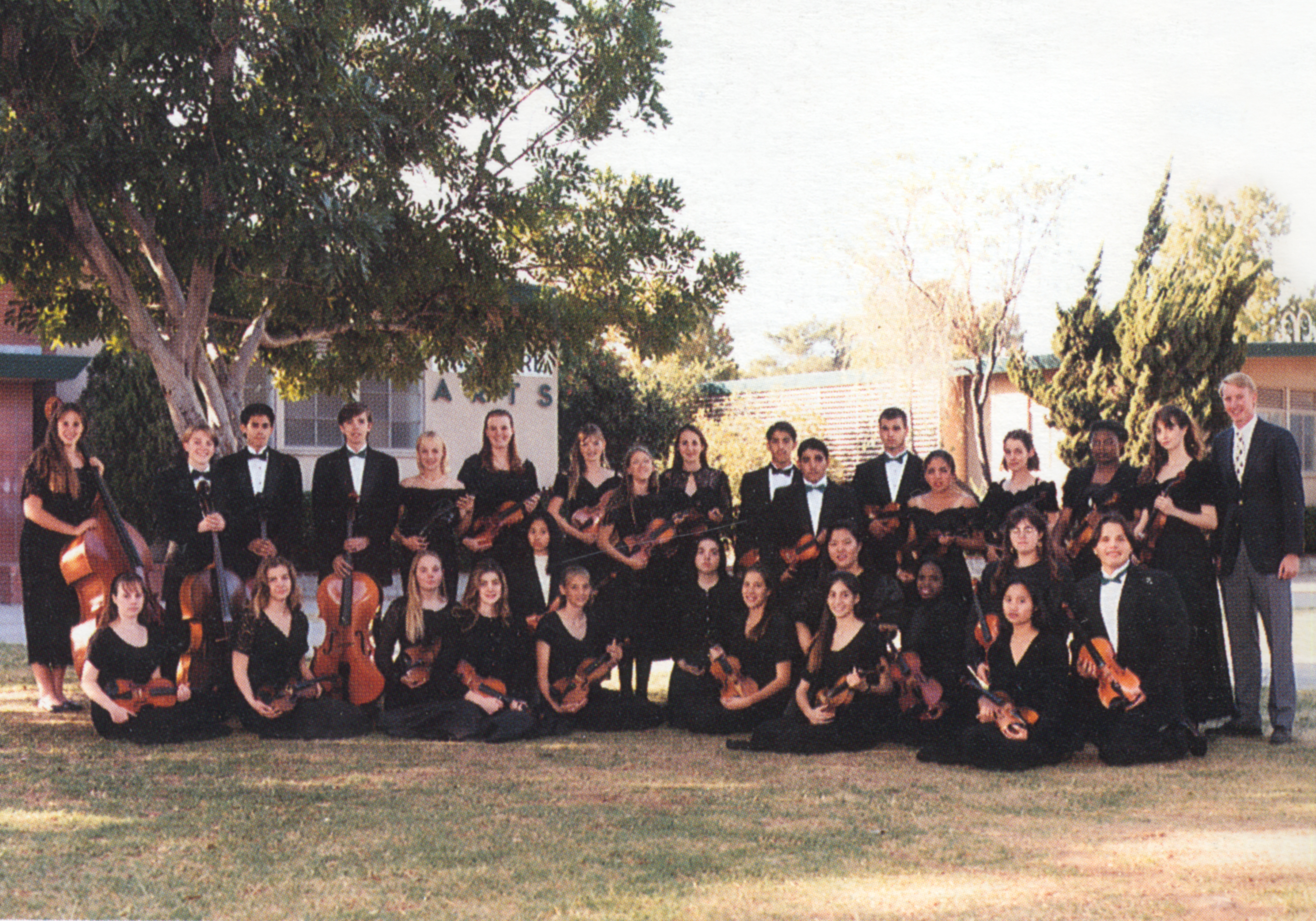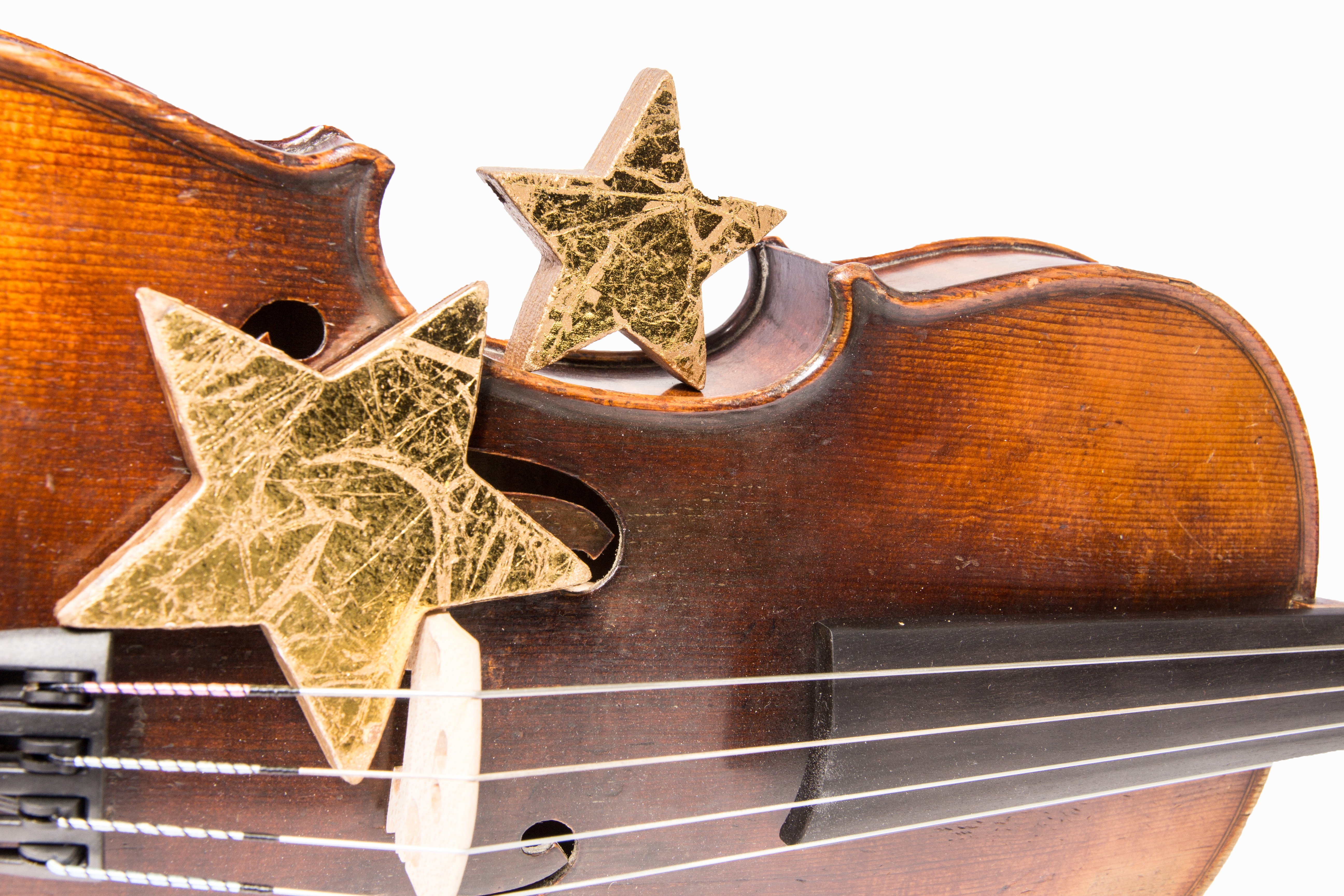Q&A: My bow is new, the hairs are floppy and it makes no sound!
Q&A: My bow is new, the hairs are floppy and it makes no sound!
Ask Rhiannon Series: Learn about what rosin is, what it does, and how it is applied to a properly tightened bow
 Question
Question
I just got a new bow and the strings/hairs are floppy and it makes no sound when I pull it across my violin's strings. I am so freaked out that it is broken but my friend said it needs wax.
I have no idea what's wrong and I think maybe I am not playing it right. The shop that sold it to me doesn't know why it is doing that either. Can you please help me?
Answer from Rhiannon
You are doing nothing wrong. Really, this is only a matter of the bow lacking rosin and needing to be tightened. In two minutes I'll have you up and playing.
Your friend was close to the solution: you need rosin. Rosin is not wax, though many think it is when they see it. It is hardened and purified tree sap, not much unlike maple syrup but not sugary and not in a liquid form. Rosin is sold in a small lump called a "cake." Goofy terms, I know. But not as goofy as the fact that other shop didn't know what was going on. Yikes!
To understand what rosin does we first need to understand the way a bow works. The hairs on a bow really are hair, horsehair to be exact. (Though some bows have plastic or "synthetic" hair, but the tone and feel are not nearly as good as horsehair.)
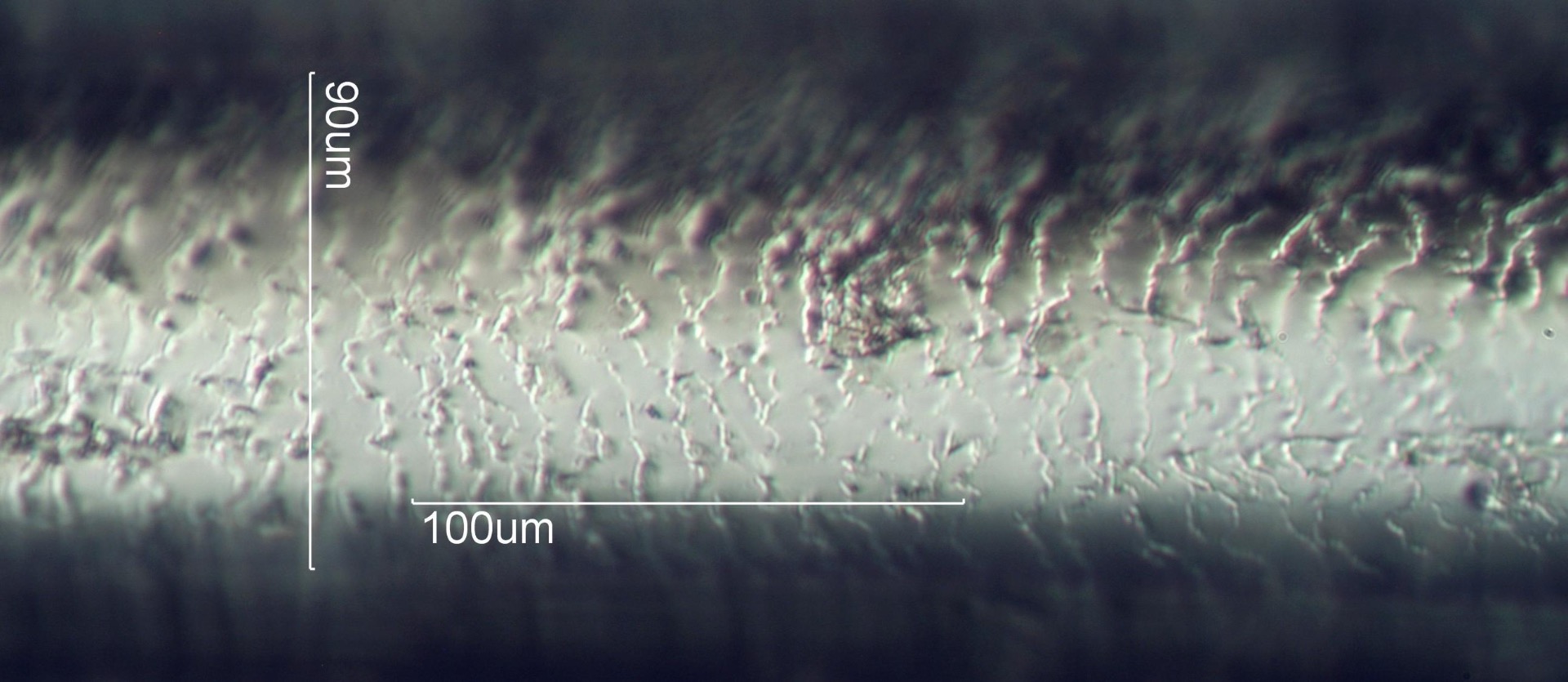
Image: Horse hair surface barbs under a microscope
There are tiny barb-like scales in the hair which you can only see under a microscope. These barbs act as miniscule fingers plucking the string, but there are so many that it makes a constant, solid tone unlike plucking the string.
Rosin, when applied to taught hair, fills in the barbs and makes them and the entire hair sticky and to resist the string more, catching against the string and making a louder "pluck. Outside the barb description, sound from bowing also relies on bow hairs as a whole pushing the string to one side until it cannot move any further and is released by the bow, snapping back and thus making a sound.
Either way you look at it, barbs pulling or hairs pushing, the stickiness that rosin adds to the hairs is what makes the sound.
By contrast, no rosin packed in the hair makes them unable to resist the string and there is no sound. This is why you are air-violining when you want to make a joyous noise!
Okay, I need rosin. How do I apply it?
The first time a bow (or newly re-haired bow) is rosined it will require more than the normal amount of rosin. This is because you need to pack a lot into those barbs and the hair, having never been rosined, will be smooth and slick.
Whether it is your bow's first rosining or just a touch-up (more instructions on how often to rosin below) you will follow the same format.
But first you will need to know how to tighten the hairs. Turn the screw on the heavier, "frog" end of the bow clockwise (righty-tighty, lefty-loosey) until the centermost and most arched part of the stick is about a pencil's width from the hairs. You can test this by sliding a pen or pencil between the hairs and stick in the middle.
The ratio must be just right for the bow to funtion as you like. Too little space and the hair is too slack, which will cause the bow to bottom out when you play and it will feel sluggish. Too much space and the hairs are too taught, which which cause the bow to bounce more on the string and feel rigid and "uptight" in the hand. After you do this a few times it will become second nature. And understand that some players prefer a bit more tension on their bows than others. It's a personal preference.
Note this tightening must be done each time you pick up the bow to play, and likewise the bow should be loosened after you are finished playing. Damage to the hairs and stick can happen if you leave the bow hairs tight for a long time, usually causing the hairs to stretch too much and not able to tigheten fully agin, but sometimes during humid weather a bow left tight overnight can warp the stick. That's a more costly repair to do.
Now on to applying rosin! Stroke the tightened bowhairs against the rosin in small, quick and strong 2-inch strokes. It is important that the bow is tightened so the hairs are taut and can receive the rosin. (And so you are not scraping rosin against the stick!)
Work your way from one end of the bow to the other, making 10-20 firm passes in each small section. I find it best to start at the frog (handle, thick) end of the bow, the fatter part where you hold it, and to work to the tip. Make sure to increase pressure as needed until you see the hairs are becoming white then move on to the next section.
Some players are taught to drag rosin along the whole bow in long, smooth strokes, but you usually get most of it at the frog-end where your hand is holding it (and can apply more pressure) and very little on the middle and tip (where there is very little pressure). The small strokes method helps get an equal application pressure across the length of the bow and takes a lot less time than full strokes.
A quality rosin, such as the ones I sell (and use myself) is far easier to apply. You know it's good rosin by the price you pay. Also note there are light and dark rosins, which are appropriate for different climates. Dark rosin is softer and stickier, thus easier to apply and more appropriate for use in cold, dry climates, hence is used in winter. Light rosin is harder and better in humid, hot climates and in summer. Though a wet winter in Seattle may call for light or "summer" rosin.
You will see the rosin will become worn in (turning white or less shiny, as will the hairs) and make a groove in the rosin. Rotate the rosin so you use all of it up and to keep from creating a solid rut.
How Often Should I Rosin My Bow?
Rosin should be applied when the bow seems to be yellowing and the tone is not as crisp anymore. In the photo above you will clearly see where the rosin has and has not been applied based on colour (the rosined part is more white).
For a beginner (under 30 minutes a day) this is done maybe once every 10 days or less. Less if you hardly play, more if you play a lot.I rosin my bow every 2-3 days and I play for a few hours a day. I rosin daily when preparing for a concert.
If you have white dust all over the violin and it sounds creaky and coarse you are using too much. If the bow slides or makes no sound you need more (do a heavier rosining and it will be fine).
I know many sites say daily but these are professional players getting in 5 hours a practice. I am a teacher and I KNOW KIDS and new students. Too much rosin is not good for the instrument and will sound awful.
I know rosining is a novelty, but resist the temptation to do it every day. Also note after the initial rosining you will not have to pack so much on the hairs when you rosin.
You can tell the bow has no rosin or is low by two things: no sound and the hairs will appear shinier and more yellow.
Clean Rosin off the Violin
Remember you will also need to clean the rosin off your violin itself, as the sticky dust in excess can damage your varnish and make your strings vibrate unevenly so they squeal.
Read up on how to clean rosin off your instrument here.
Final Thoughts On Your Unrosined Bow
I feel the need to say shame on the shop for not knowing the solution to this very simple dilemma. It's incredible how many emails like yours I receive.
This is where dealing with a reputable violin expert, particularly one who plays, teaches and offers outstanding customer service, is certainly an advantage.

